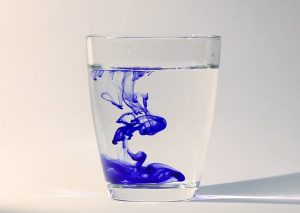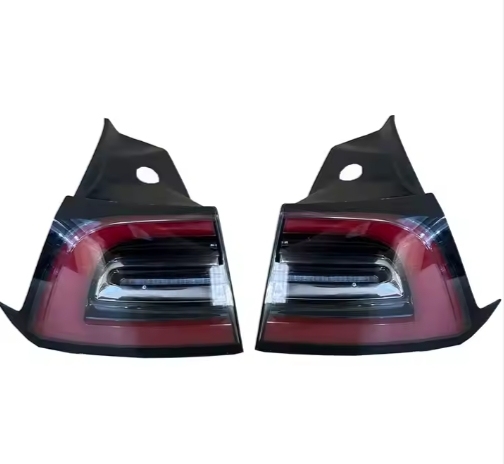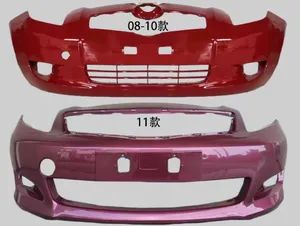Direct dyes are dyes that can be heated and boiled in a neutral or weak bond phase medium without the help of a mordant. Direct dyes are formed by combining hydrogen bonds and van der Waals forces between direct dyes and cotton fibers. It is mainly used in fiber, silk, cotton spinning, leather and other industries, and is also used in paper making and other industries. Direct dyes can be divided into azo, stilbene and other types according to their structure. According to their application classification, they mainly include ordinary direct dyes, direct lightfast dyes and direct azo dyes.

Dye principle #
Direct dyes have water-soluble groups such as sulfonic acid groups (-SO3H) or carboxyl groups (-COOH) and their molecular structures are arranged in a linear shape. The aromatic ring structures are in the same plane,Therefore, direct dyes have a greater affinity for cellulose fibers and can be dyed directly in a neutral medium by simply dissolving the dye in dry water.
The dye is adsorbed to the surface of the fiber in the solution, and then continuously diffuses into the amorphous region of the fiber, forming a combination of hydrogen bonds and van der Waals forces with the fiber macromolecules.
Derived dyes include direct lightfast dyes and direct copper salt dyes.
Dye characteristics #
Direct dyes contain water-soluble groups such as -SO3Na and -COONa. The solubility increases significantly with the increase of temperature. For direct dyes with poor solubility, soda ash can be added to help dissolve. Direct dyes are not resistant to hard water and most can combine with calcium and magnesium ions to form insoluble dyes.Precipitation causes stains on dyed fabrics, so direct dyes must be dissolved in soft water. If the hardness of the dyeing water used in production is high, soda ash or sodium hexametaphosphate can be added, which will not only help dissolve the dye but also soften the water.
Direct dyes are more direct to cellulose fibers than other dyes. This is mainly due to the large molecular weight of direct dyes, linear molecular structure, good symmetry, long conjugated system, good co-planarity, and large van der Waals forces between dye and fiber molecules. At the same time, direct dye molecules contain amino, hydroxyl, azo and other groups, which can form hydrogen bonds with hydroxyl groups in cellulose fibers and hydroxyl groups and amino groups in protein fibers , further improving the directness of the dye.
When direct dyes are used to dye cellulose fibers, salt plays a dye-promoting role. The dyeing promotion mechanism is that direct dyes dissociate into pigment anions in the solution and dye cellulose fibers. Cellulose fibers also have negative charges in water. There is charge repulsion between dyes and fibers. Adding salt to the dye solution can reduce the charge. Repulsive force increases the dyeing rate and dyeing percentage. Different direct dye salts have different dye-promoting effects. Salt-effect direct dyes with more sulfonic acid groups in the molecule have a significant dye-promoting effect. When dyeing, the salt should be added in batches to ensure uniform dyeing. Direct dyes with low dye uptake percentage need to add more salt, and the specific amount can be determined according to the dye type and dyeing depth. For light-colored products with high level dyeing requirements, the amount of salt should be appropriately reduced to avoid uneven local dyeing and dyeing defects such as color flowers.
Temperature effect #
The effect of temperature on the dyeing properties of different dyes is different. For direct dyes with high dyeing rate and good diffusion performance, the deepest color is obtained at 60-70℃, and the dyeing rate decreases above 90℃. When dyeing this type of dye, in order to shorten the dyeing time, the dyeing temperature is 80-90°C. After dyeing for a period of time, the temperature of the dye solution gradually decreases, and the dye in the dye solution continues to dye the fibers to increase the dye uptake percentage. For direct dyes with high degree of aggregation, slow dyeing rate and poor diffusion performance, increasing the temperature can accelerate the dye diffusion, increase the dyeing rate, and promote the exhaustion of dye in the dye liquor, increasing the dyeing percentage. Within the conventional dyeing time, the temperature at which the highest dye uptake percentage is obtained is called the maximum dye uptake temperature. According to the difference in maximum dyeing temperature, direct dyes are often divided into low-temperature dyes with a maximum dyeing temperature below 70°C, medium-temperature dyes with a maximum dyeing temperature of 70-80°C, and dyes with a maximum dyeing temperature of 90-100°C. High temperature dyes. In production practice, cotton and viscose fiber knitted fabrics are usually dyed at around 95°C, while silk knitted fabrics are dyed at a lower temperature because too high a temperature damages the fiber luster. The optimal dyeing temperature is 60 to 90°C. Properly lowering the dyeing temperature and extending the dyeing time is beneficial to production.

 April 1, 2024
April 1, 2024 










